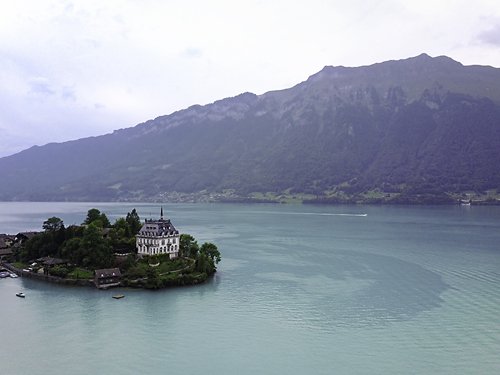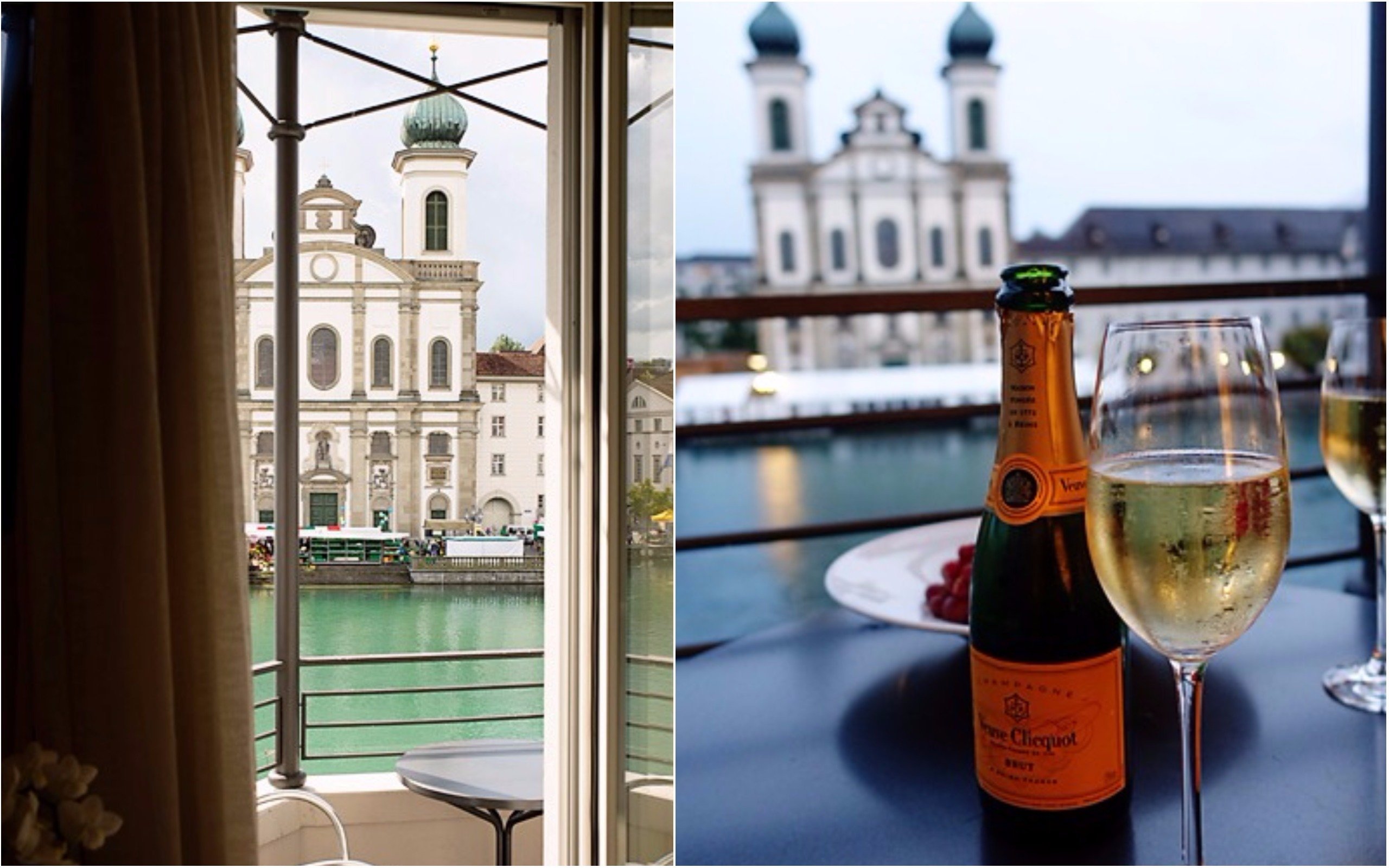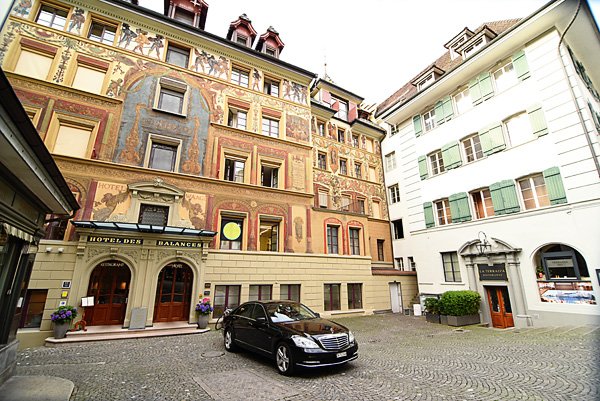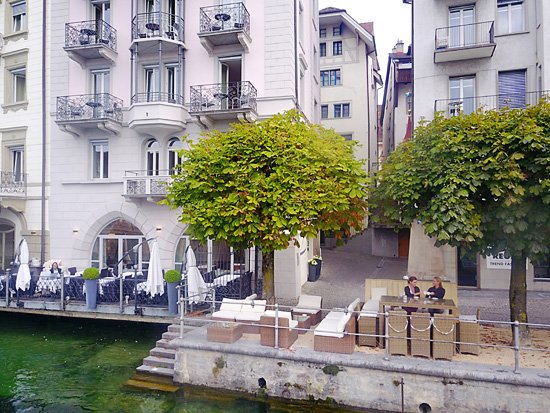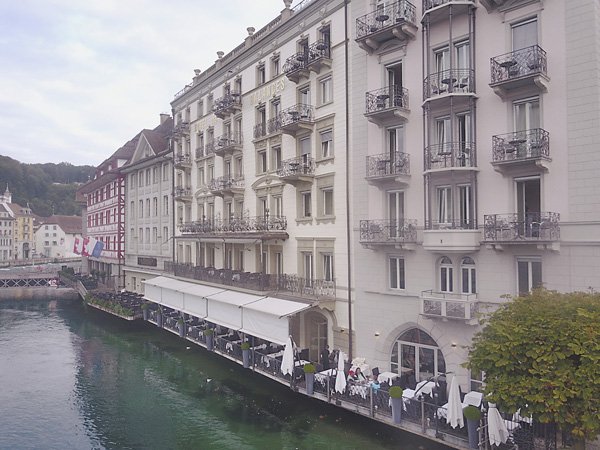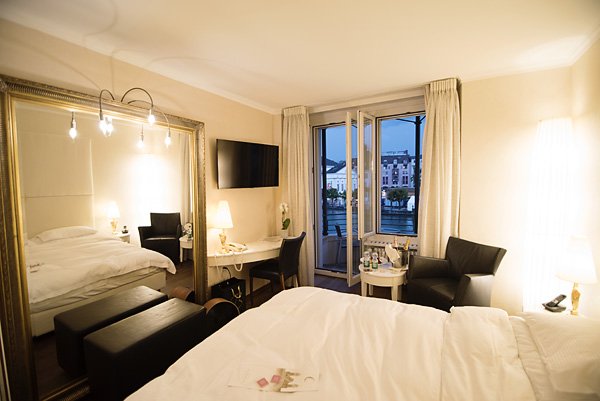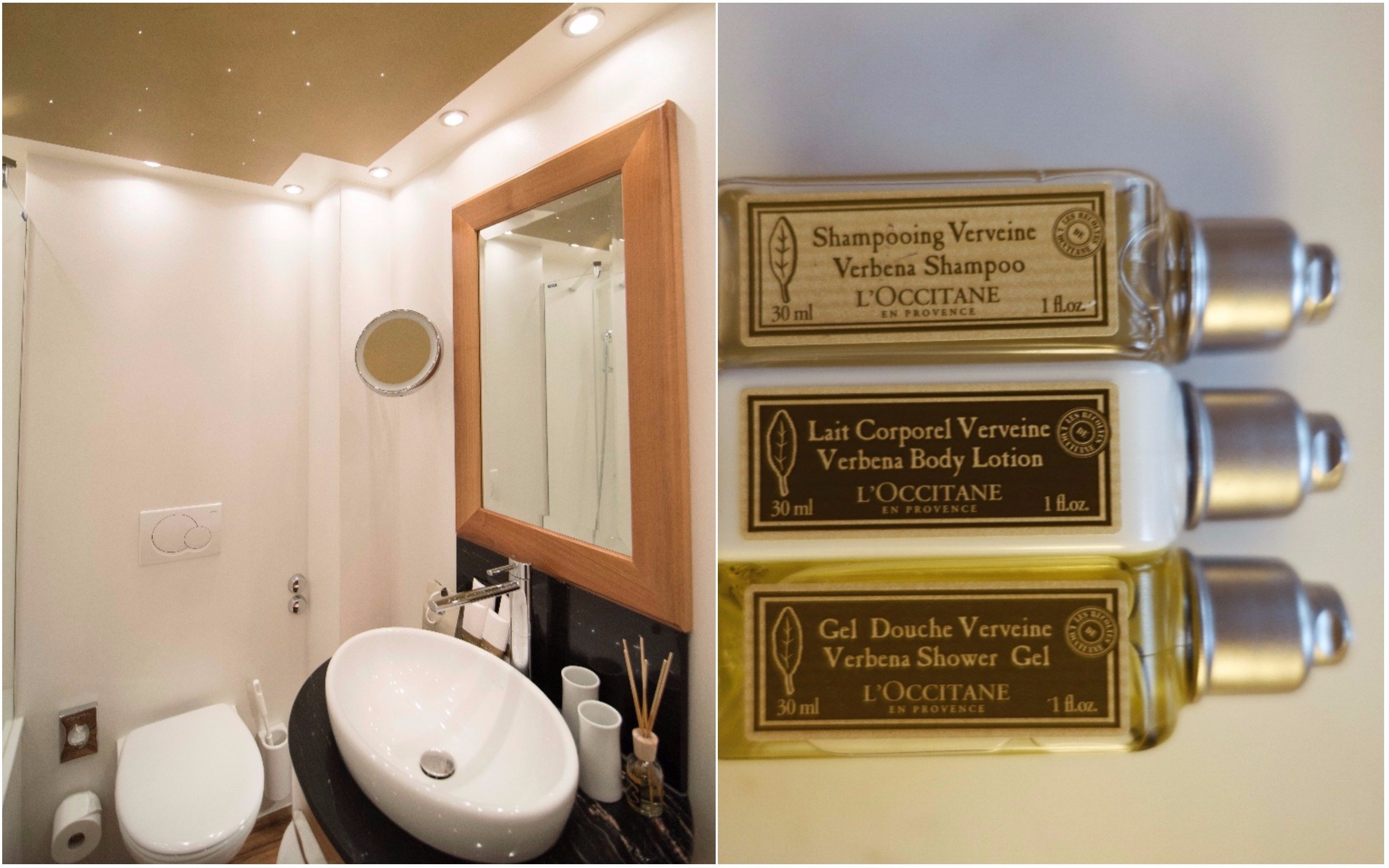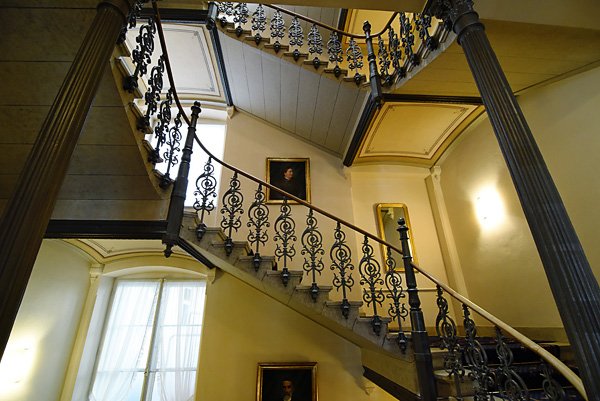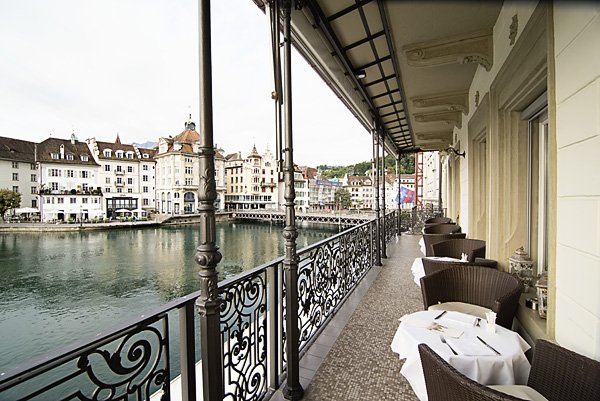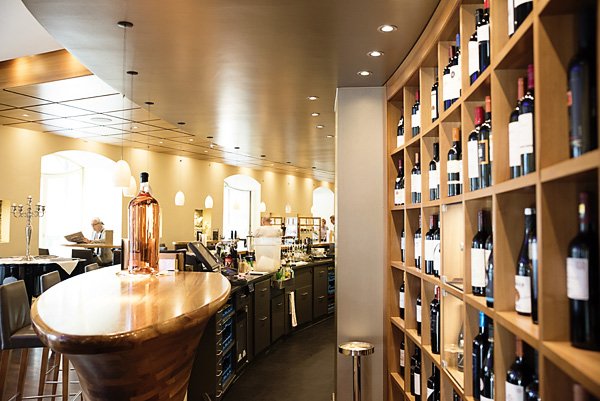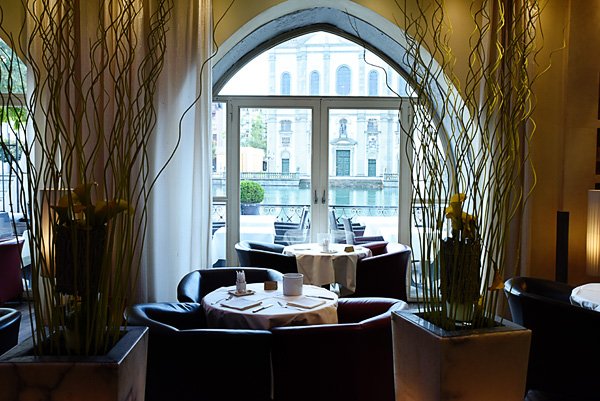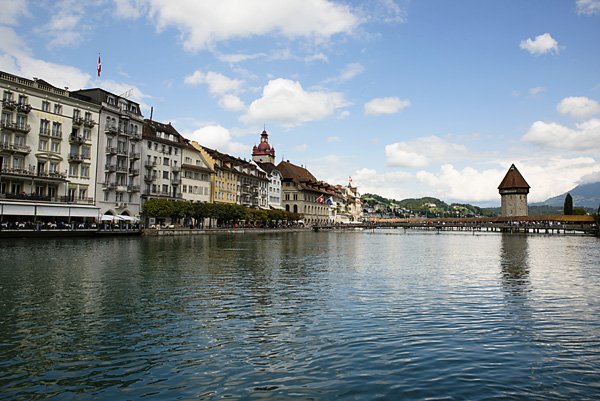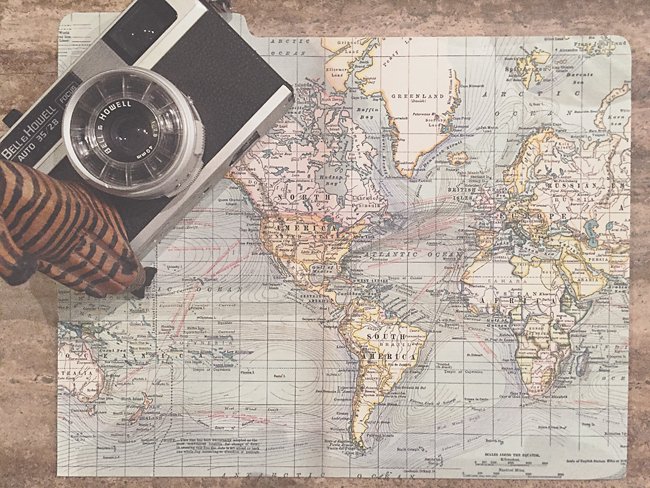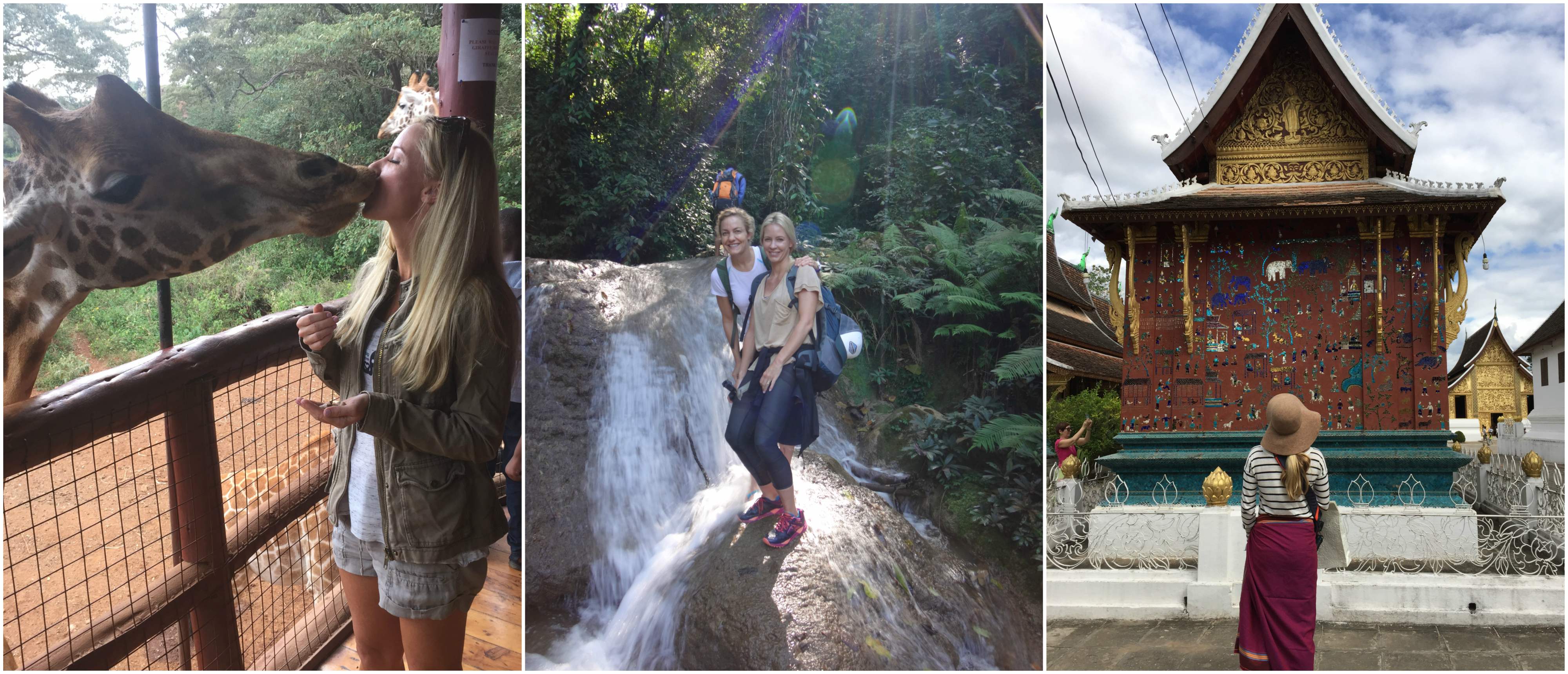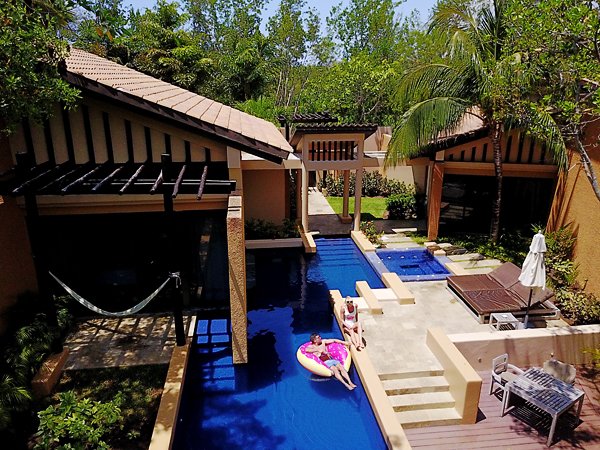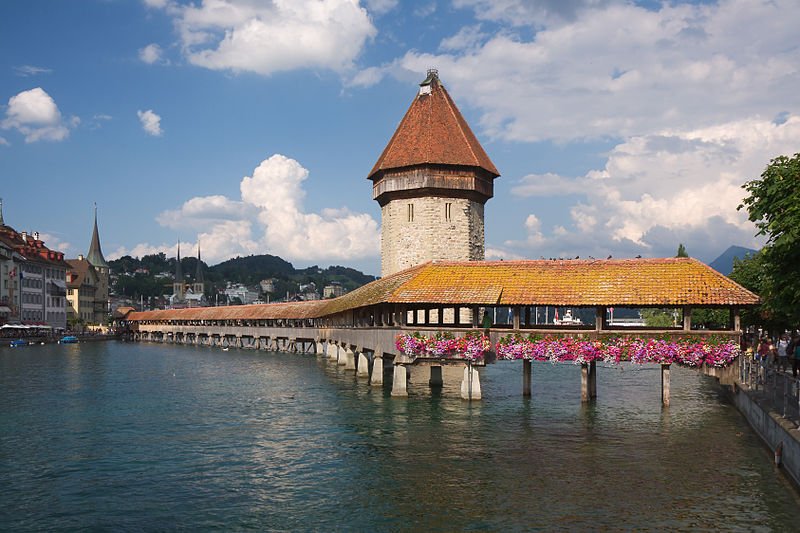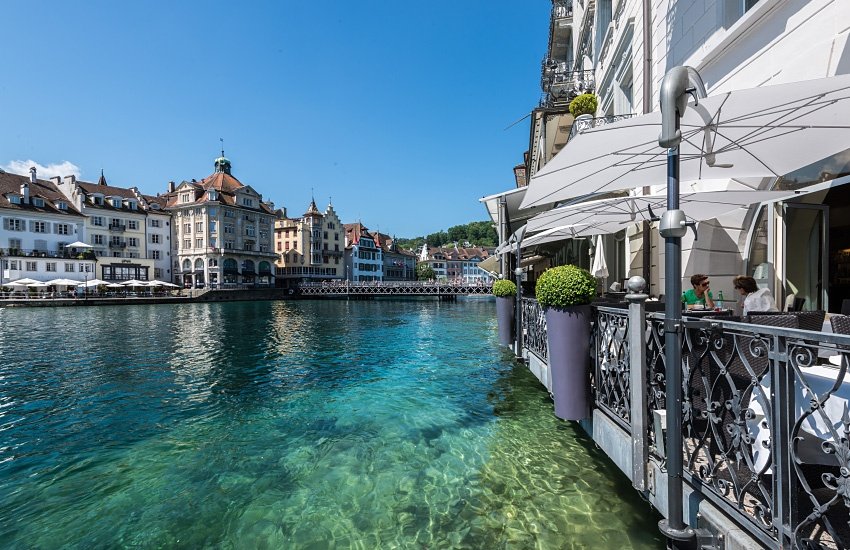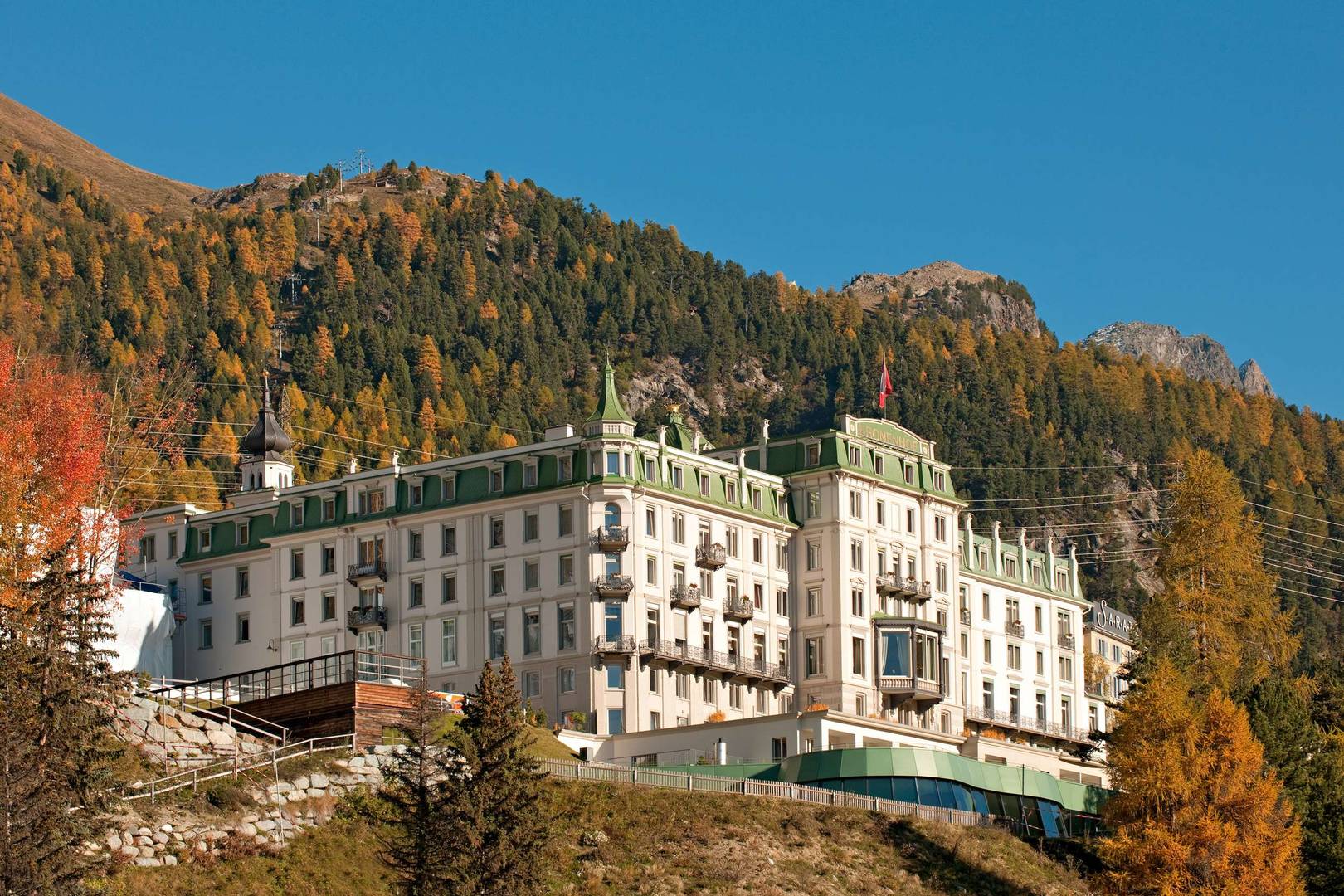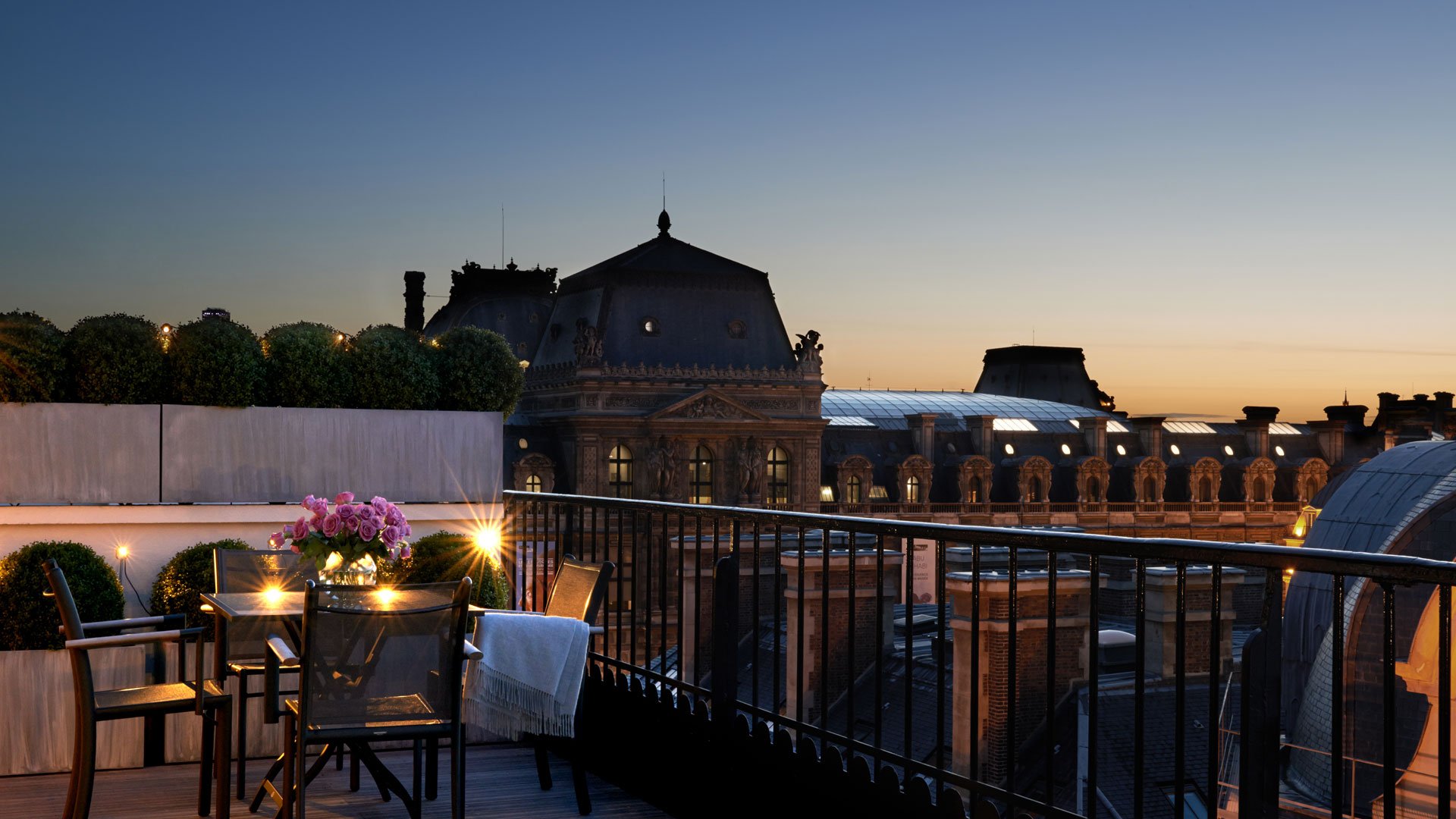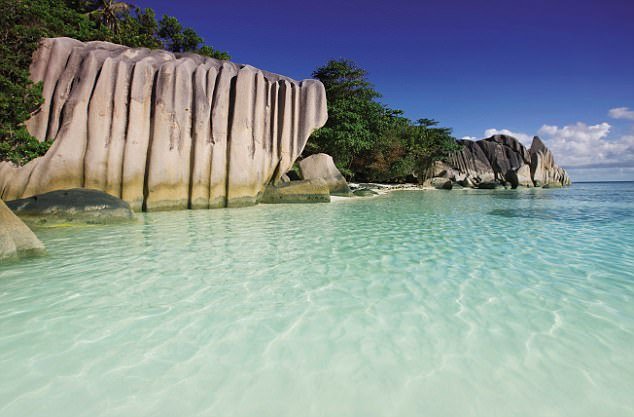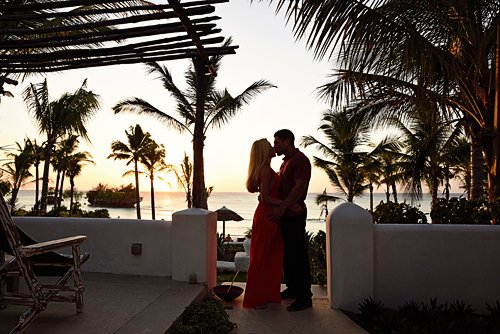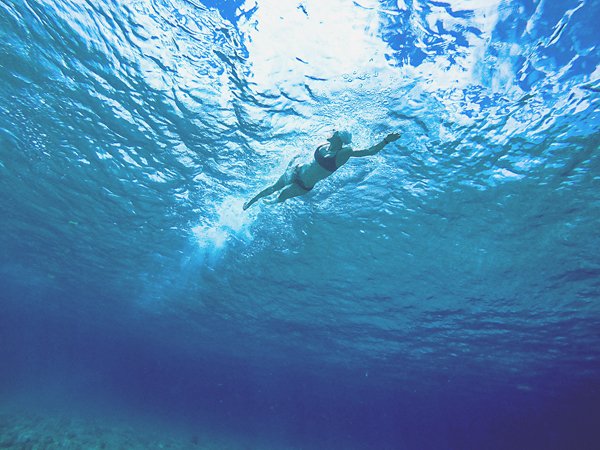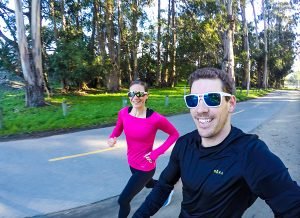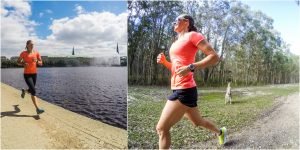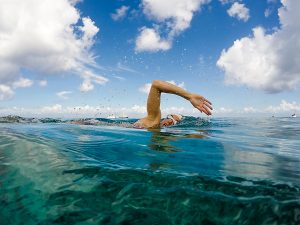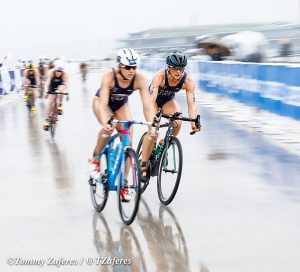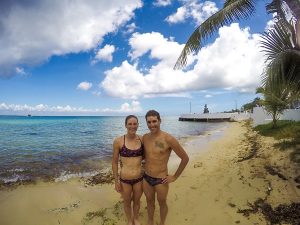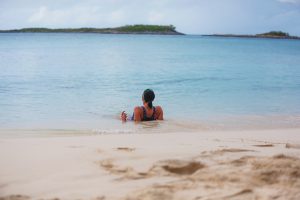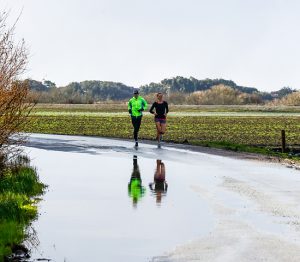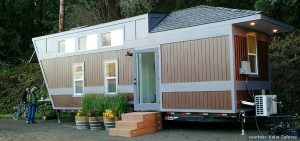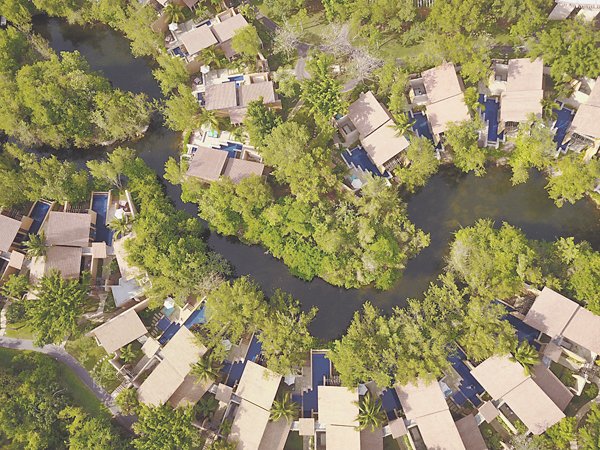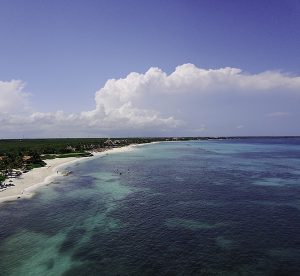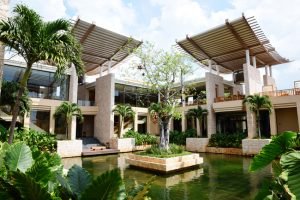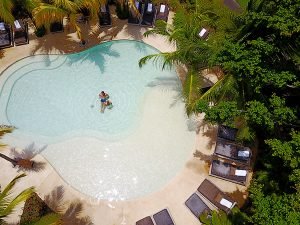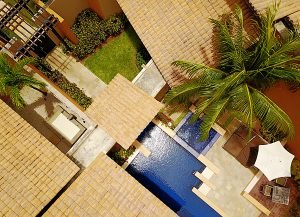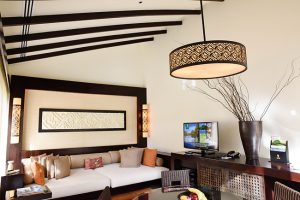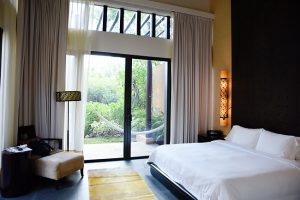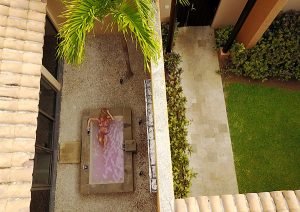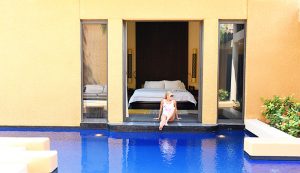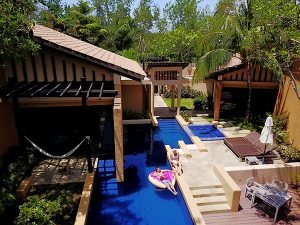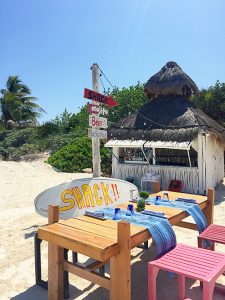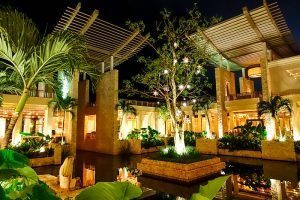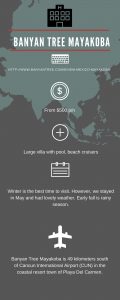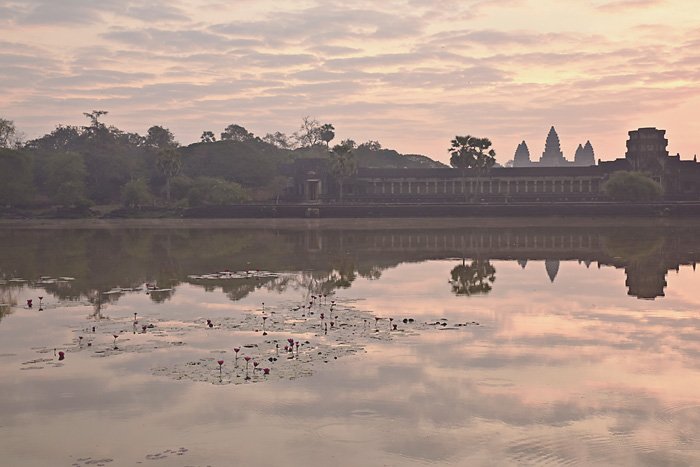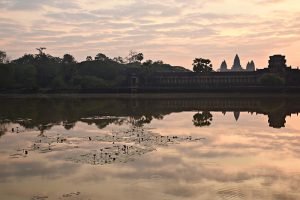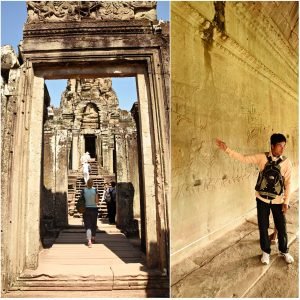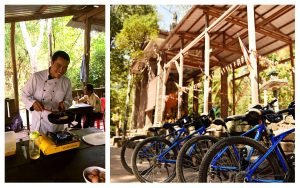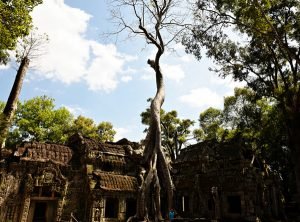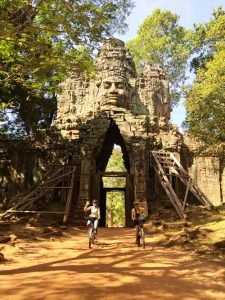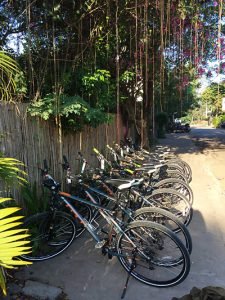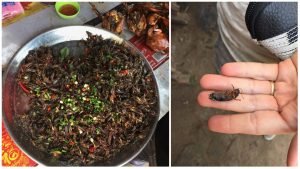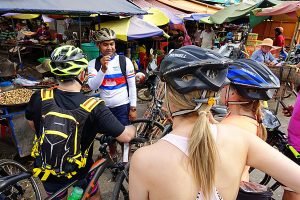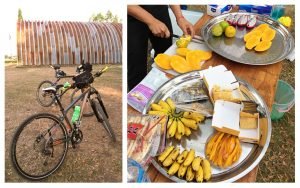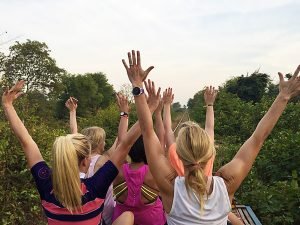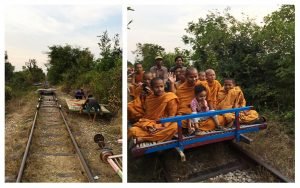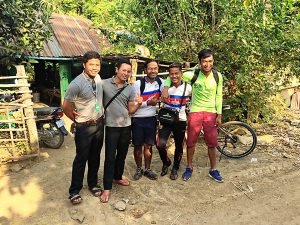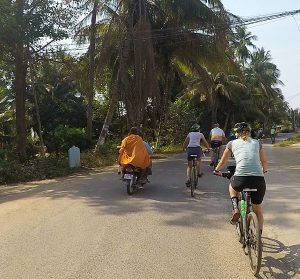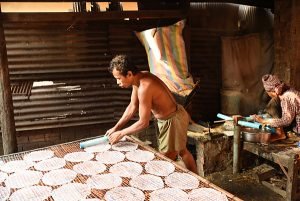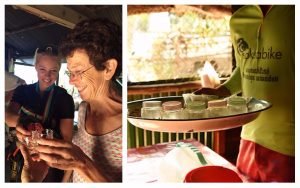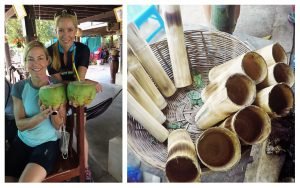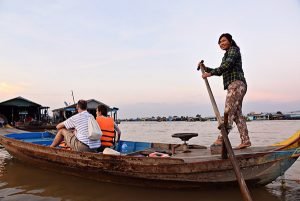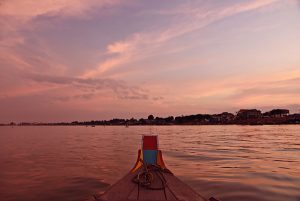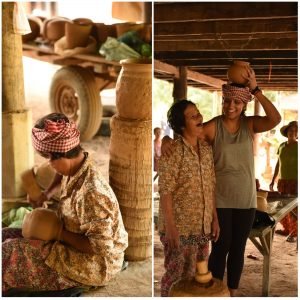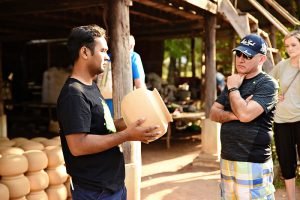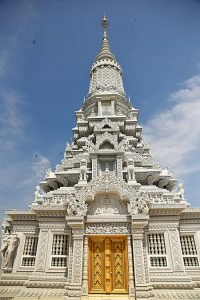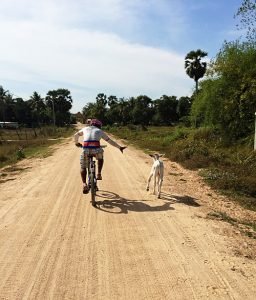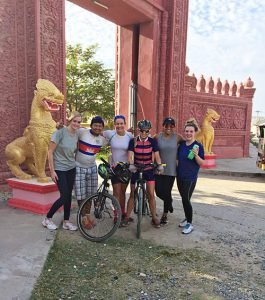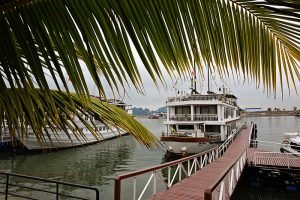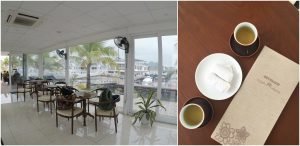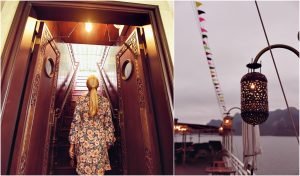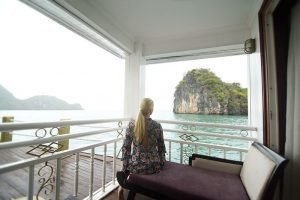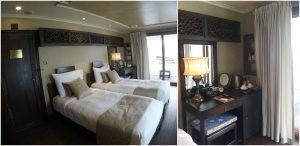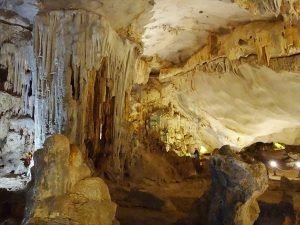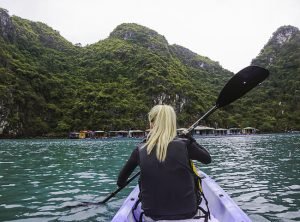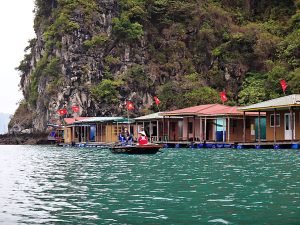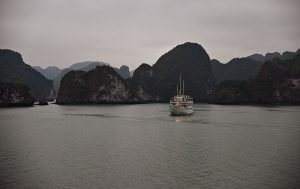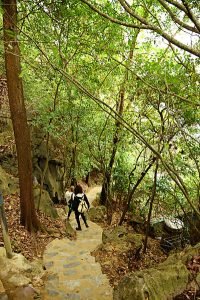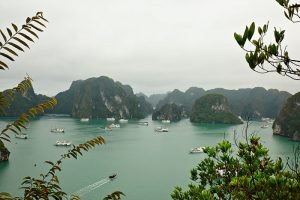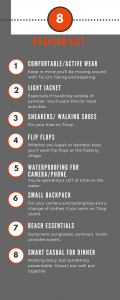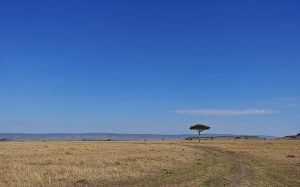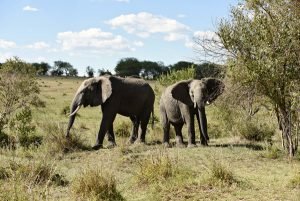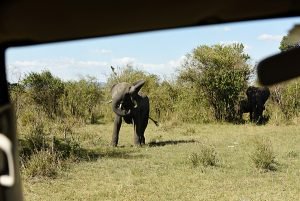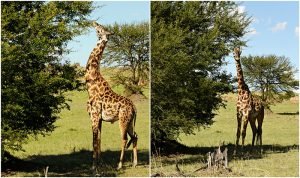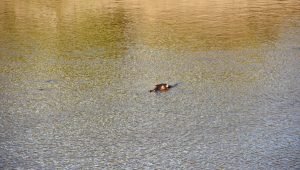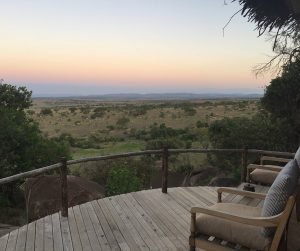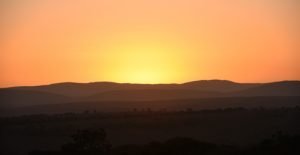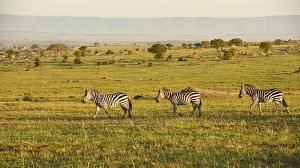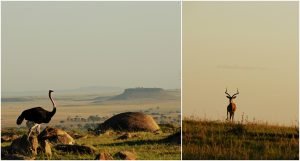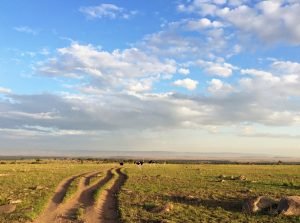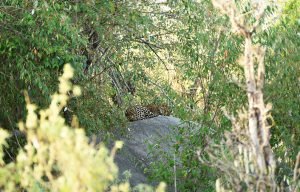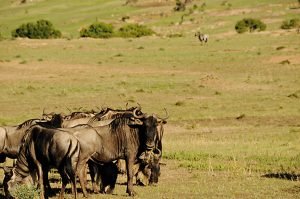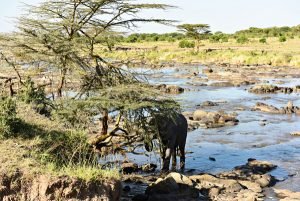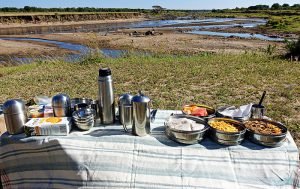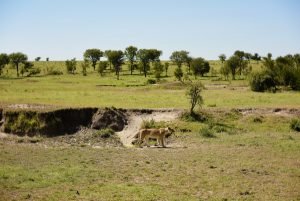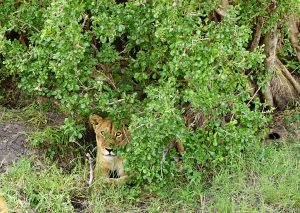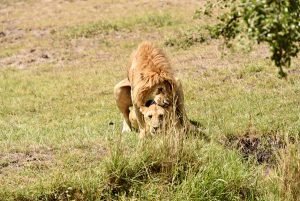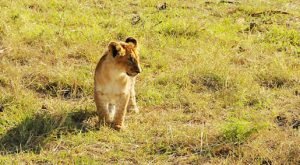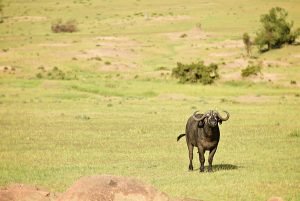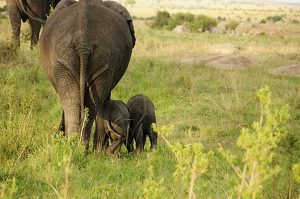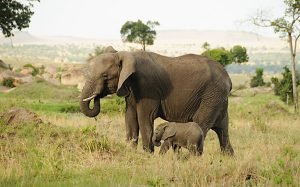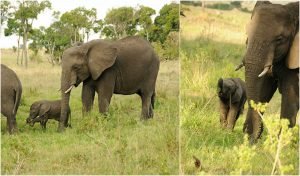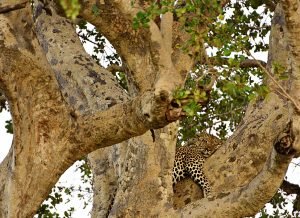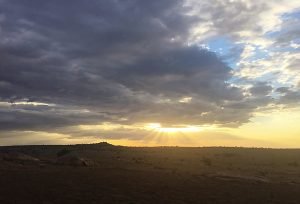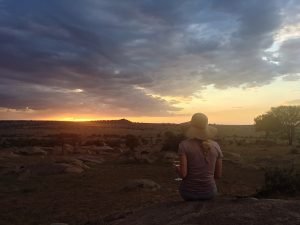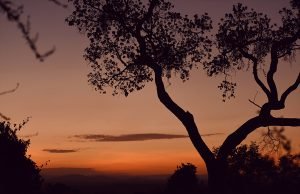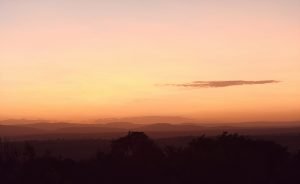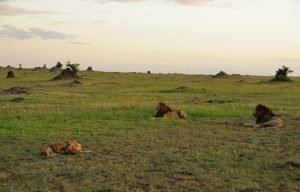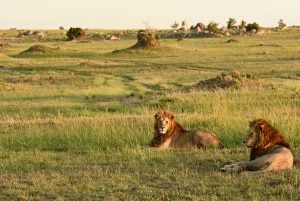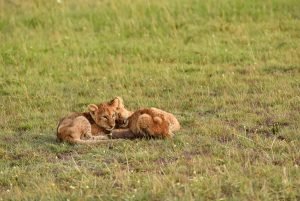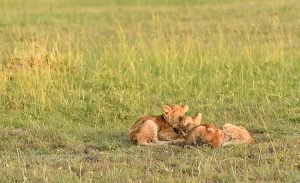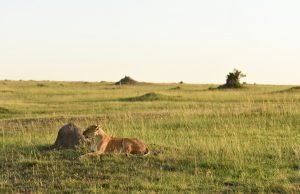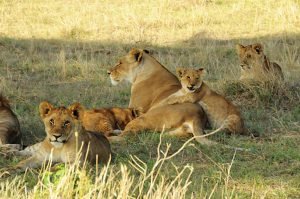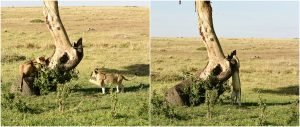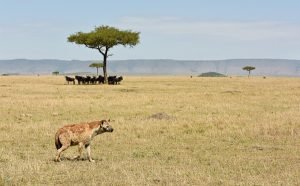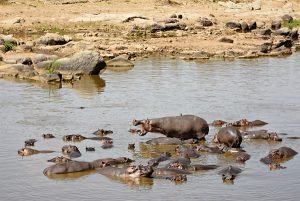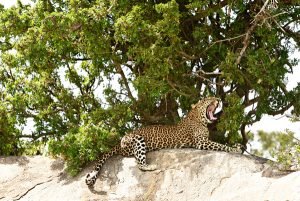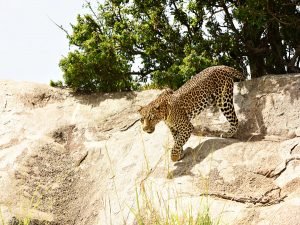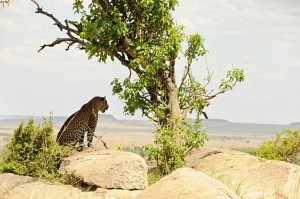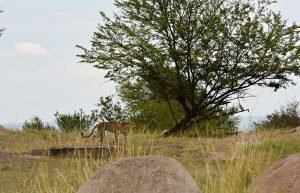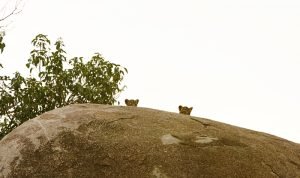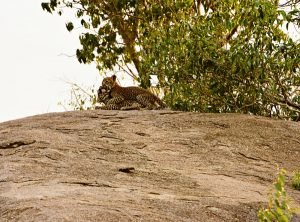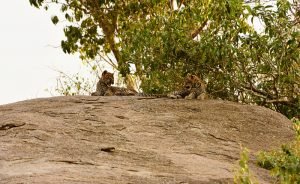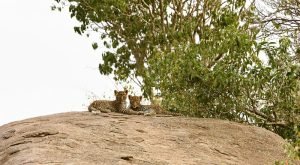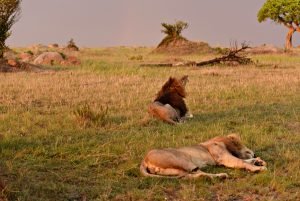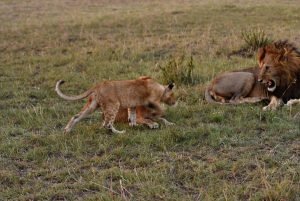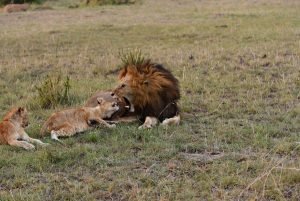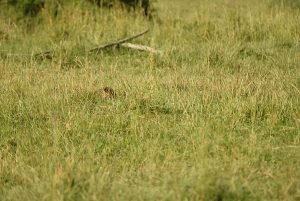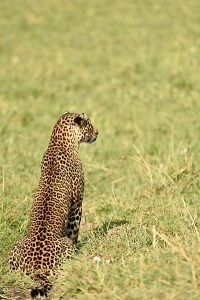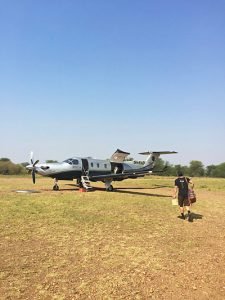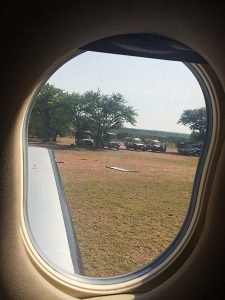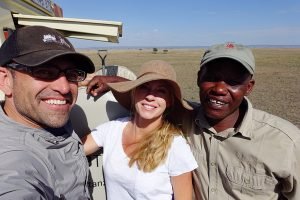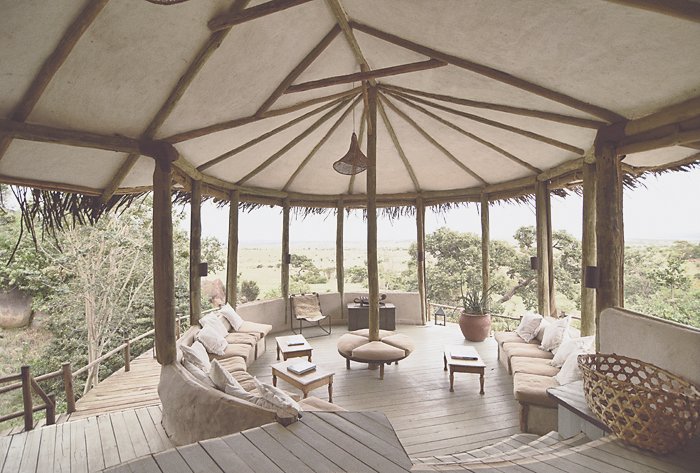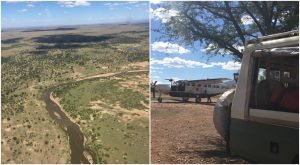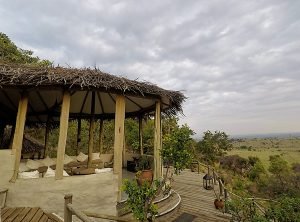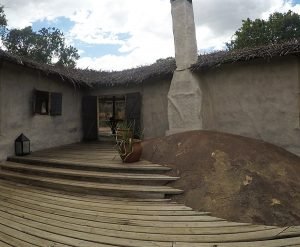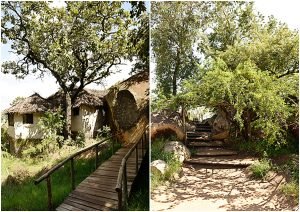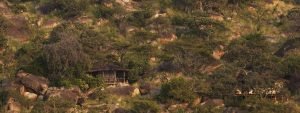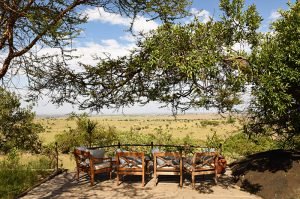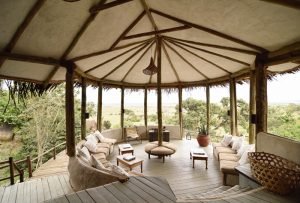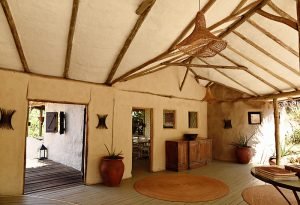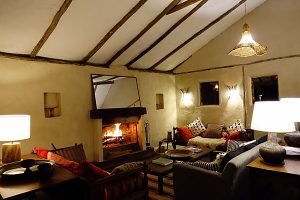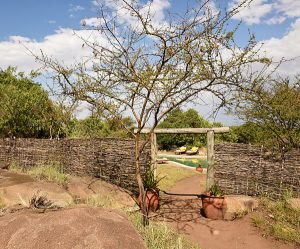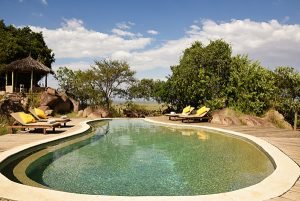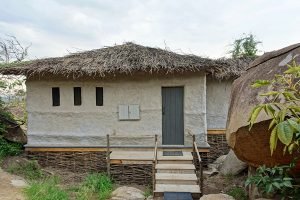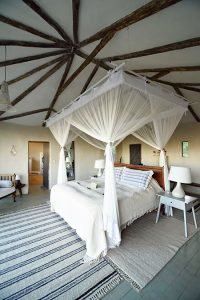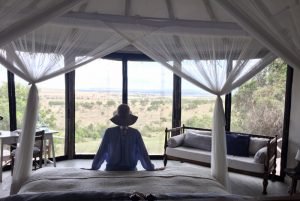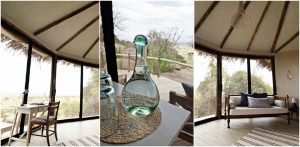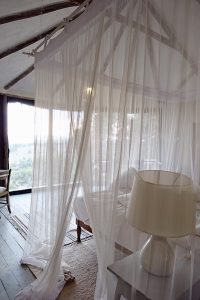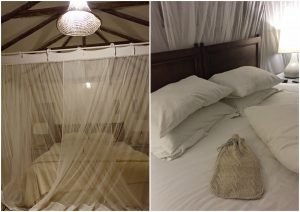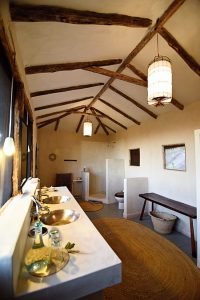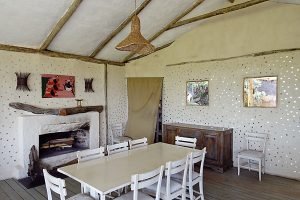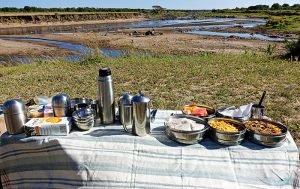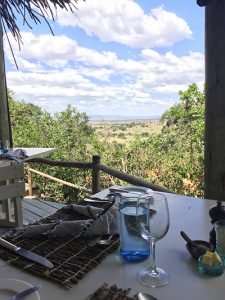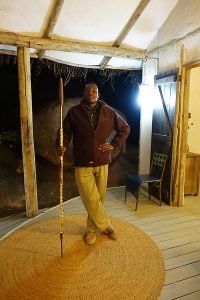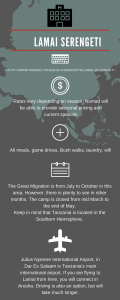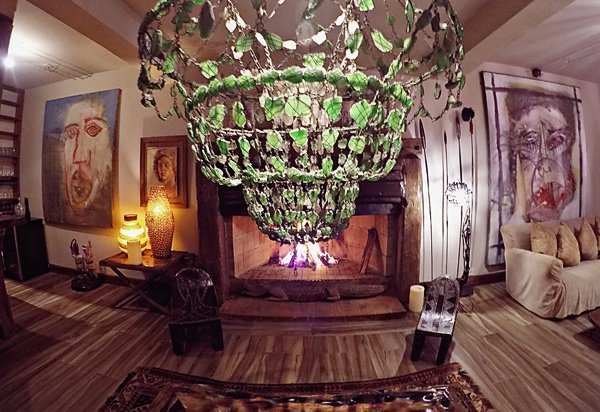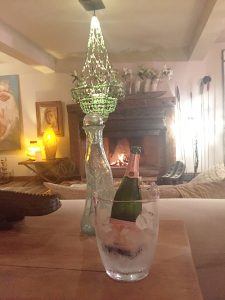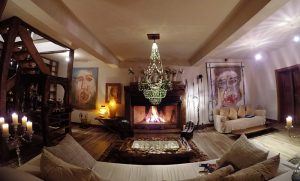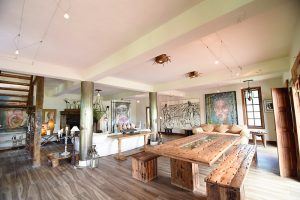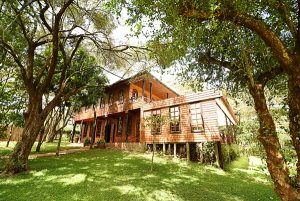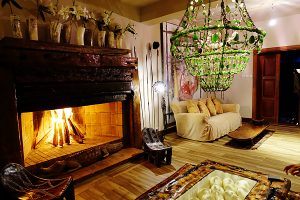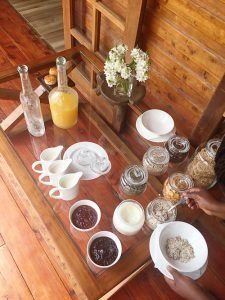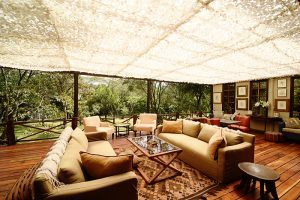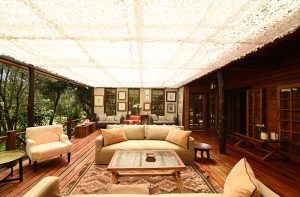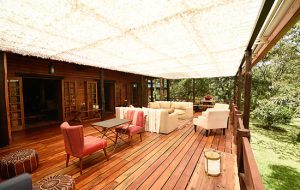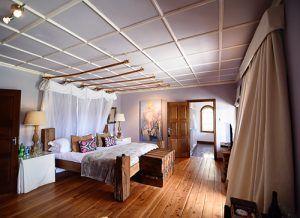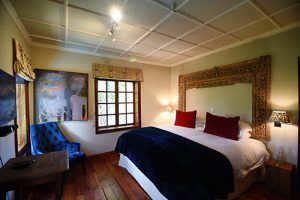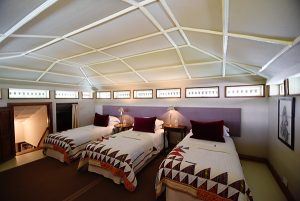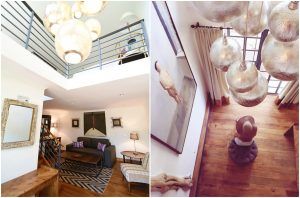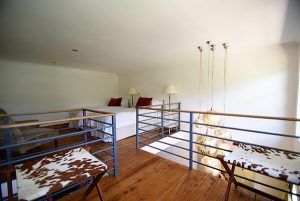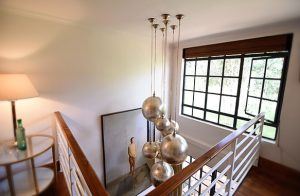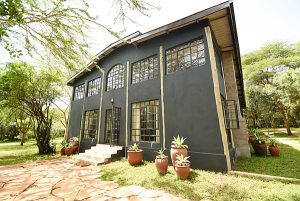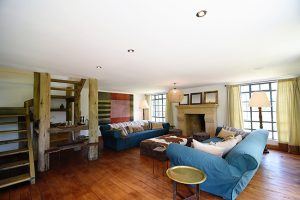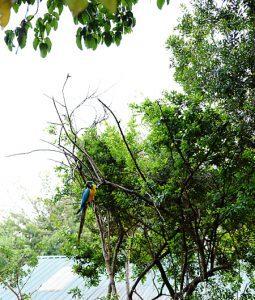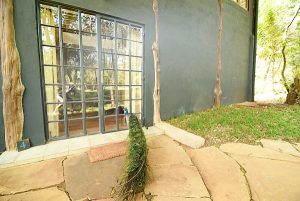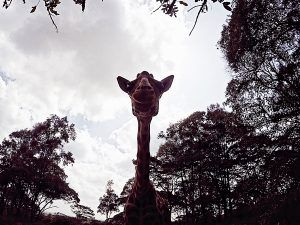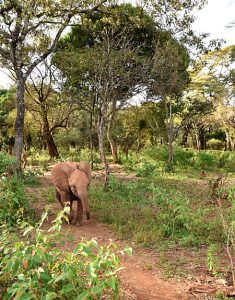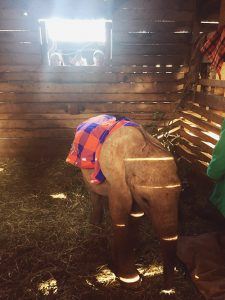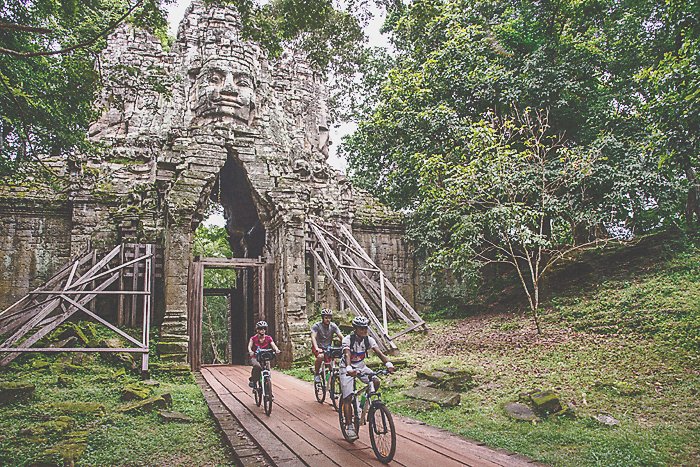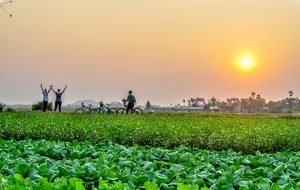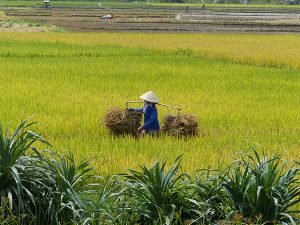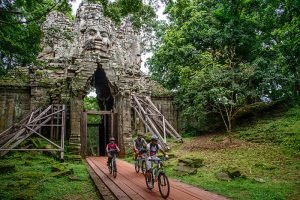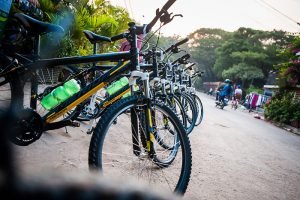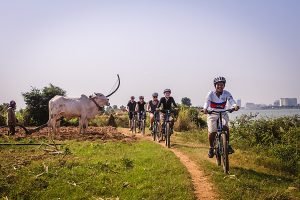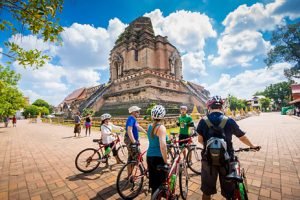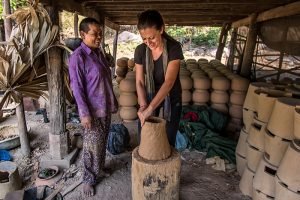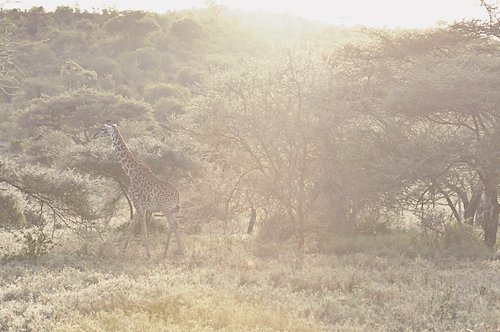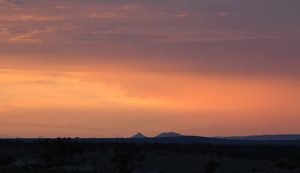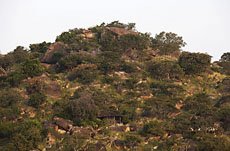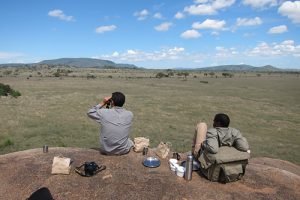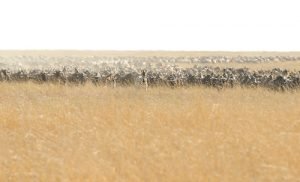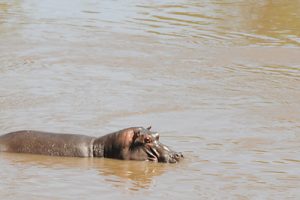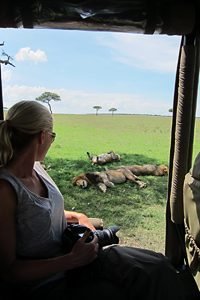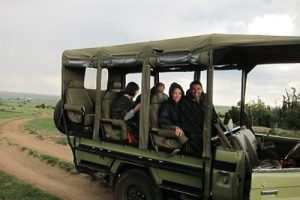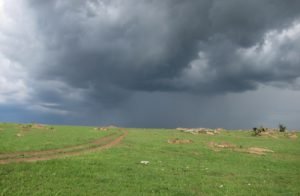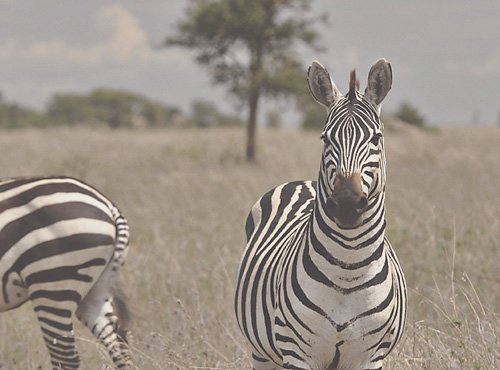As intriguing as an African safari seems to people, it can also seem daunting. It can be logistically complicated, it’s geographically far away, it’s exotic, it’s different. And, we, as humans, have this natural tendency to fear the unknown.
There are a lot of questions and the answers can vary widely based on the country in which you will safari. You need to know the visa requirements, what to pack, what vaccines you need, what the currency is, and you want to know what to expect. Not to mention all the little details unique to a safari—like trying to figure out how those bush planes work! Obtaining reliable answers to these questions is why I have worked with a tour operator three out of the most recent four times I have travelled through Africa. Working with a tour operator that specializes in curating African safaris is not just an additional luxury, it’s a necessity and something we highly recommend.
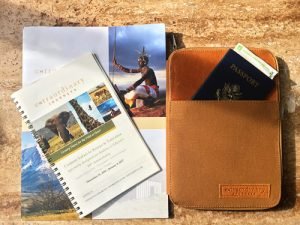
This Q & A post, and the one that follows, is intended to provide answers to some of the unknown and to intrigue and inspire you to take that journey. However, you aren’t going to hear it from me. You’re going to hear it directly from the experts.
I’d like to introduce you to Jamie and Marcia from Extraordinary Journeys. They, and Emma, have been instrumental in putting together my fourth African safari experience and my second experience in East Africa. Not only have they been phenomenal in their responsiveness and service, they are incomparably knowledgeable. So much so, that I have dubbed Jamie my “Africa Siri”. She always has the answer.

WIN: Marcia and Jamie, thanks so much for taking the time to answer some questions about planning an African safari. Because we are preparing for travel to East Africa (Kenya and Tanzania), I’ll keep my questions directed towards those areas.
Before we start, could you tell us a little bit about yourselves? How long have you worked in the industry and what made you get into it?
Marcia: I have over 40 years of experience in African travel. I have always had a bit of a love affair with Africa which prompted me to join the Peace Corps which got me to Uganda. While in Uganda I was lucky enough to meet my husband, who was the co-founder of the Africa package tour company Park East Tours. We lived in Kenya for many years where I worked for Park East Tours, raised three daughters, designed and built a home overlooking Nairobi National Park, earned my pilot’s license, studied traditional medicine and visited every place I could in Africa. After a lifetime in the safari world, I started Extraordinary Journeys with my daughter, Elizabeth.
Jamie: I’m certainly more of a newcomer to travel than Marcia but I’ve been in the industry for 5 years now. I found that I was spending all of my time and money traveling while working at the Smithsonian and wanted to translate that creative energy into curating experiences rather than educational programs.
Preparation
WIN: Ideally, how far in advance should someone start planning a safari?
Marcia: Most African safari-goers start planning six to nine months in advance. This gives us enough time to organize and execute an itinerary, and travel documents.
Jamie: If you’re planning a honeymoon, you might want to consider planning your trip a year in advance, especially if you intend to travel during the peak season of November through February in South Africa, or July through September anywhere else.

WIN: Do you have any books you recommend reading before going on safari (fiction or nonfiction)?
East Africa:
- DK Eyewitness Travel Guide
- Wildlife of East Africa by Martin B. Withers OR the more detailed wildlife guide
- The Safari Companion by Richard Estes
- The Scramble for Africa by Thomas Pakenham
- North of South by Shiva Naipaul
- The Tree Where Man was Born by Peter Matthiesen
Kenya:
- West with the Night by Beryl Markham
- Eyewitness Guide Kenya by Phili Briggs
- Ghosts of Tsavo by Philip Caputo
- Portraits in the Wild and Elephant Memories by Cynthia Moss
- The Marsh Lions, The Story of an American Price by Brian Jackman
Tanzania:
- Bradt Safari Guide Northern Tanzania by Philip Briggs
- Africa, The Serengeti by George Casey
- Snows of Kilimanjaro by Ernest Hemingway
- Wildlife of East Africa by Martin B. Withers | David Hosking
- Tanzania Map by Nelles
WIN: Do you have packing recommendations? Is there anything that should or shouldn’t be worn?
Marcia: General rules of thumb are that clothing colors should be chosen based on landscape and vegetation. Khaki, olive and brown work well everywhere and don’t show dirt. If you want to bring white garments, remember that you will often be on game drives in open vehicles and you will get the rich red soil of Africa on everything! In addition, white shirts are not recommended on game walks in Southern Africa and red is discouraged in East Africa because predators may shy away from red because they associate the color with Masai warriors!
Cotton clothes and moisture-wicking fabrics are good for staying cool during bush walks in the heat of the day. Shorts, slacks or skirts with shirts and a cotton sweater or other layers to shed as the day heats up are perfect. A hat with a brim is essential, as are sunscreen and sunglasses. Comfortable walking/running shoes, worn with socks are recommended. I like sports sandals for game drives or around the lodge, but not for walks where there may be thorns. In the early morning and evening, socks with your shoes deter mosquitoes. Include a lightweight raincoat or jacket, and a swimsuit if your camp has a pool. Early mornings and late evening game drives can be quite cold. Be sure to bring a warm jacket (fleece or a Nano Puff® Jacket), a woolen scarf and hat and gloves.
If you are staying in small tented camps you will probably not have time to change for dinner… it will be safari wear 24/7. At high-end lodges, guests tend to dress up a bit for dinner. Smart casual is the standard. Laundry service is available at the camps we use. I like to take three changes of clothes for a week on safari. I avoid heavy jeans because they take a long time to dry and I don’t like packing wet clothes!
You can read more of Marcia’s packing tips, complete with a checklist, here.
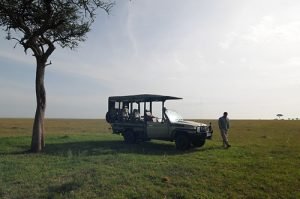
WIN: How many days do you recommend for safari? What is a good overall trip duration?
Marcia: You could spend just a week on safari and have a great time. However, I highly recommend ten days to two weeks depending on their itinerary and activities. For those with the time, three weeks is ideal.
Jamie: If you are incorporating multi-day walking safaris, water-based safaris, or a few days gorilla trekking, a week is usually not enough. However, for more basic safaris, 7 days bouncing around in a 4×4 is about as much as your body can take. A safari is not the most relaxing vacation – however, it’s often the most memorable. Many people, especially honeymooners, spend as few as 3 nights on safari in a place like South Africa’s Sabi Sand. The lure of nearby Cape Town, Winelands, and the beaches of Mozambique and Madagascar can be hard to resist!
WIN: What are some non- safari activities you would recommend while in Kenya and Tanzania?
Marcia: Conservation is central to Kenya’s tourism industry. The work of communities and families with historic ties to the land ensure the continuity and success of Africa’s animals. You can learn about conservation in action while staying on private ranches. Sometimes that means partaking in a census or a darting operation. Clients can visit rhino breeding programs in Lewa, to elephant research projects in Samburu and Amboseli, chimp rehab in Kitengela and the Sheldrick Elephant Orphanage in Nairobi.
Jamie: Tanzania has more to offer than the Great Migration: Mount Kilimanjaro is the highest peak in Africa; Mahale Mountains National Park on Lake Tanganyika is home to one of the largest chimpanzee population in the world; and some of the islands off Mozambique and Zanzibar boast some of the continent’s best beaches.
Other non-safari activities include: ATV & quad bikes; biking; biplane; birding; boating; bungee jumping; camelback safari; camping; canoeing; chimpanzee trekking and interactions; community visits and cultural exchange; conservation and reserve management; dhow rides; elephant interaction; fishing; food and wine; golf; gorilla trekking; helicopter; hiking and climbing; historical site visits; horseback safari; hot air balloon; kayaking; microlight; mokoro; rhino tracking; scuba diving; shark breaching and diving; snorkeling; visit a non-profit or social business; whitewater rafting and yoga.
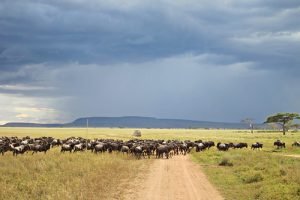
WIN: Is it possible to visit a local village?
Marcia: By all means… it is a really fun thing to do if done right and we help our clients avoid the multitude of canned experiences out there. Instead of a visit to a Maasai village that feels contrived and uncomfortable, you can visit your guide’s family, or spend an afternoon in the village that many staff members call home. Every interaction should be a genuine conversation and an opportunity to learn from one another.
Jamie: Part of the beauty of traveling is to see how others live without the (often) cheesy, touristy front and in this, Kenya and Tanzania excel. If done properly, Kenya and Tanzania offer travelers a true understanding of the country and its people and the opportunity to engage with locals who are eager to meet and converse with travelers. We also partner with a handful of non-profits across the continent doing diverse and incredible work. In Tanzania, some of our clients spend a half or full day visiting Jifundishe, a local library and education initiative in a rural village. Some simply observe the local dukas funded through the library’s microfinance program and others teach a skill or activity.
WIN: Do you need to get a visa before visiting Kenya or Tanzania?
Marcia: Both countries require visas. For Kenya you can apply online prior to arrival through the eVisa website at www.evisa.go.ke. For Tanzania you may obtain a visa through the Tanzanian consulate offices in the U.S. prior to departure. However, visas for both Kenya ($50) and Tanzania ($100) are available at the airport/border upon arrival.
WIN: How about vaccinations? Which ones do I need?
Jamie: Kenya is considered a Yellow Fever Zone. However, if you are only traveling to Kenya, the vaccination is not mandatory. If you are traveling to another African country after Kenya, you must obtain vaccination and carry proof of inoculation with you.
Tanzania is not considered a Yellow Fever zone so a vaccination is not required (unless you are arriving from a Yellow Fever zone (i.e. Kenya).
WIN: What are the most common mistakes people make when planning a safari?
Marcia: There are several. Doing it yourself can be great if you have lots of time and love doing in depth research. And are happy living with your mistakes as well your successes. If not, it is crazy not to utilize the expertise of people whose full-time job is to know EVERYTHING about East Africa. Many camps look great on a website but only experience lets you know how well they are managed, whether their guides are knowledgeable and fun, whether there is great wildlife at the time of year you will be there… not to mention best way to get there, how long to stay and last minute opportunities. The amazing thing is that all that knowledge costs almost nothing because African specialists are basically paid by the camps and lodges, not the client! In addition, EJ Africa and other Safari Professionals will steer you to the camps and lodges that practice responsible tourism, giving back to the community and promoting the best conservation practices. We can let you know that “walking with lions” promotes canned hunts and that elephant back safaris are being replaced by more sensitive elephant interactions. We can make sure that you do the right thing, and have the best possible experience at the same time. As if that were not enough, you get a whole extra level of security. Extraordinary Journeys is based in the U.S. and able to assist with any questions promptly, and will hold our client’s hand every step of the way until they return home from their safari. I think Jamie has a few to add as well…
Jamie: Country “tickers” or people who want to visit as many countries as possible (often in a short amount of time). Instead of enjoying a great wildlife experience, they spend most of their time in airports and in immigration lines. Also, failing to consider travel times i.e. driving verses flying can leave little time for wildlife viewing or savoring the beauty of nature and the total experience. In addition, planning a last-minute safari (not to say it’s impossible) often means making a lot of compromises based on availability.
WIN: What is a safari lodge like and what things should be considered when selecting one?
Marcia: Safari is a wilderness experience, but that doesn’t mean “roughing it.” You won’t be camping in small tents in sleeping bags and cooking over a gas stove. In fact, a safari can be one of the most luxurious lodging experiences you’ll ever have. What we actually sell is exclusivity more than luxury. We want to get you away from crowds so you can take all the time you want to follow that cheetah or leopard that your guide knows is looking for a meal. Great guides set you up to catch the action when it happens… not after everyone has found it for you! There is magic to waking to the sound of birds and a hot cup of coffee delivered to your tent, to savoring the silence as you watch the sun rise over the savannah, scanning the horizon for migrating wildebeest or a lion returning to her babies. That is the magic we want our clients to have.
Jamie: The safari camps we use are generally small (no more than 20 guests) and the walls of your room will be canvas. Some are simple, some grand. All have private bathrooms with hot water showers, flush toilets and electricity. All have central reception area for meals and lounging. Safari lodges are solid structures, though there is a broad spectrum of comfort levels and design from exclusive small lodges to large hotel-like properties. Safari lodges usually feature en-suite, plumbed showers and toilets, and large communal spaces including lounges, dining areas, reception and curio shops. Most will feature air-conditioning and a swimming pool and/or private plunge pools.
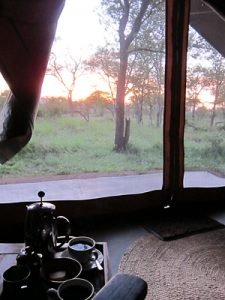
WIN: Are children allowed at safari lodges and, if so, what is the minimum age?
Marcia: Some safari camps and lodges do not take children under a certain age – often 12 years, while some safari activities are not suitable for younger children, such as walking safaris, gorilla and chimp trekking, canoeing or horse-riding – the age limits vary but can be as high as 16 years.
Jamie: Babysitting and nanny services are often available at lodges and camps, and certain guides are better equipped and trained for families.
WIN: Is English commonly spoken?
Jamie: Yes, a local dialect of the English language is spoken by several communities and individuals throughout Kenya and Tanzania. The guides and camp managers speak English fluently.
Cost and Travel
WIN: What tips do you have to make the long journey to Africa a little more bearable?
Marcia: Drink tons of water, stretch, and avoid alcohol and caffeine (sorry!). Pack a “survival kit” with eye mask, ear plugs, lotion, hand sanitizer, and toothbrush and toothpaste (SAA provides you with complimentary eye mask, toothbrush and tooth paste.) And Tylenol PM does seem to help me sleep better.
Jamie: Wear comfortable clothes with forgiving waistbands, socks for the journey through security, and layers like a scarf or jacket for extra warmth on the plane. Pack healthy snacks like almonds or apples; and Z-Pak to prevent sickness. And, books, iPod with podcasts and/or laptop with movies downloaded for entertainment (Wi-Fi is unreliable).
WIN: Bush planes are a common mode of internal transportation. Are they safe?
Marcia: Yes, bush planes are safe. Bush planes range from 6-seaters to 12-seaters. Seeing the pilot (and the pilot’s expression) is reassuring for many reticent fliers. By the end of your safari, you may even find yourself asking to sit up front with the pilot!
Jamie: I recommend lots of water and anti-motion sickness medication because the smaller planes tend to be bumpy.
WIN: How long does it take to get from the main airports to the safari lodges (on average)?
Jamie: It’s not common to arrive to the main (international) airport in Kenya or Tanzania and travel to the safari lodges the same day. We select the best lodges in the city or right outside – usually between 20-40 mins from the airport – for the overnight. The next day, you fly an hour or more to your final destination in the bush.
WIN: What are the different “levels” of safari lodges and what is the average cost of each?
Marcia: At Extraordinary Journeys, we like to categorize each property by “Accommodation Type” and “Travel Style.” Accommodation Type defines the kind of abode (i.e. safari lodge verses safari camp), while Travel Style refers to the particular tastes it would appeal to. There is a wide spectrum of different Travel Styles for each of these properties ranging from barefoot luxury camps to ultra-luxury lodges. Both are equally great, but the right match for you depends on your personal tastes.
Jamie: If you pushed me for a specific dollar amount, I’d say between $400 and $1500 per person, per day, depending on where you want to go. For instance, Botswana is extremely popular right now and it WILL cost you more, no matter who you book with. But the thing is, you could have a very similar experience, stay in the same quality lodges and see all the same animals for a fraction of the price in Tanzania. I still say that $500 a day per person is kind of the bare minimum for what is a once-in-a-lifetime experience for most people. Don’t get me wrong, you CAN get a mind-blowing safari at a reasonable price (you’d be surprised how creative we can get when it comes to getting maximum value for your money), but you do need a minimum daily budget to make it worth your while. Normally more money buys you more privacy and better guiding. The fancy lodge is just the icing on the cake.
Health and Safety
WIN: The most common question I get about going on safari is whether or not I am worried about my safety. I’m sure you are asked this question all the time. What do you tell people?
Marcia: No place in the world is totally “safe.” There is a pedestrian accident almost every day in New York, but I still happily walk and feel very safe. 100,000 people get shot in the US every year. I personally think (supported by statistics) that the camps and lodges in Kenya and Tanzania where we send our clients are as safe (if not more so) as anywhere in the U.S. If, for any reason, there is uncertainty, we would amend the program or cancel the safari. Animal attacks, snake and/or serious insect bites are extraordinarily rare.
WIN: The second most common question I get is about any health risks and whether or not I am concerned about getting sick. How do you put clients at ease when they ask you these questions?
Jamie: The properties where our clients stay boil the water and use best practices to minimize the risk of illness for nonnative travelers. If a client is sick, the lodges are well-equipped with medicine and first aid kits but it never hurts to pack smart. My biggest tip is to take the anti-malaria medication after dinner with a full stomach instead of in the morning. It’s a small thing, but once I started doing that, I stopped getting an upset stomach 4 or 5 days into the trip.
The CDC recommends:
- Antidiarrheal medication (for example, bismuth subsalicylate, loperamide)
- Decongestant, alone or in combination with antihistamine.
- Anti-motion sickness medication.
- Medicine for pain or fever (such as acetaminophen, aspirin, or ibuprofen)
- Cough suppressant/expectorant.
- Antifungal and antibacterial ointments or creams.
WIN: If something were to go wrong or someone were to fall ill, how long would it take to get to a hospital?
Jamie: Many lodges are remote; however, the Flying Doctor service is remarkable at providing emergency treatment instructions to local medical givers and for their emergency medical evacuations to Nairobi, where there are excellent medical facilities. In addition, we recommend that all our clients purchase travel insurance to include an emergency medical evacuation policy to pay for evacuation to the USA if needed.
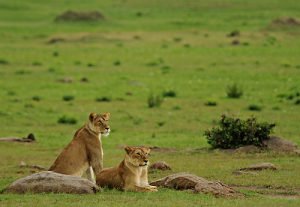
Culture
WIN: Marcia, you lived in Kenya and raised your children there. Could you tell us a little bit about the culture? What are the people like? What are some traditions that may seem strange to an American visiting for the first time, but are common place in Kenya?
Marcia: Kenyans love children so raising babies there was very easy. I loved the small shops and markets where we bought our food, where I was addressed as Mama Eleana (Eleana is the name of my firstborn) as though I only got my true identity when I had a child. Wherever we went the children were given fruit (not candy ..hoorah). I loved the delight that Kenyan men took in children, their own and others .. something rare in the US at that time. I found Kenyan mothers to be quite strict with their children but rarely saw them strike their kids or raise their voices. I tried to emulate them but don’t think my children were as well behaved as most African kids. In the rural areas, I was amazed to see toddlers wandering amongst adults at night until they simply curled into a ball on the ground when ready to sleep and conked out. What a far cry from our schedules! Younger babies spend their lives wrapped on the back of their mother or sister or any available person over the age of 8.
WIN: Could you offer a few tips/guidelines on how to be respectful of the culture while there?
Marcia: I think the rules are the same regardless of where one travels. Dress modestly unless you are at the beach, don’t take pictures without permission (and you may be asked to pay for the privilege), don’t raise your voice (shouting is not acceptable). Kenyans are very prudish in speaking about sexual matters. Drivers have told me that they find our bawdy sense of humor and openness quite shocking. They are also shocked by public displays of affection between people of opposite sexes. On the other hand, Maasai men touch each other affectionately quite a lot and it is common to see women or men holding hands. Beyond that I think the Golden Rule will serve you well.
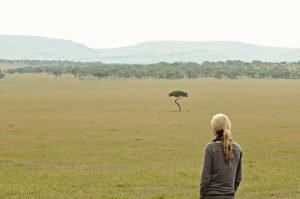
Extras
WIN: As an Africa expert and luxury safari outfitter, what is the coolest/craziest thing you have put together for a client?
Marcia: One of my super wonderful clients visited the Serengeti then chartered a plane to visit a village in the middle of nowhere where he had contributed a large amount of money as part of project to create a model village. From there the family went to fabulous safari camps in Botswana and ended in Cape Town where parachuting, hang gliding and flying in a fighter plane were on the menu. It was a wonderful combination of giving back, and indulgence. Another great one was a client who went on a four-day trek with Maasai in a remote part of the Loita Hills. They pretty much ate off the land, getting meals from local Maasai, and killing small animals with a spear. He had the most authentic cultural experience of any of our clients and ended up loving his guides and profoundly respecting them. He also saw some amazing scenery and got a terrific trek.
Jamie: This isn’t particularly crazy, but I had a client who was really interested in culture so I made sure to include a stop in Northern Kenya in their itinerary to a property called Sarara. From the camp, your guide will take you on a walk (about an hour) to the Singing Wells where the local Samburu bring their cattle daily to drink. Each family owns one well and they sing to their livestock as they bring water up and the cows recognize their family song and come down to their well to be watered. People sometimes get wrapped up in doing the extreme and often overlook the quiet almost spiritual experiences you can have in Africa.
WIN: What has been your most memorable safari experience to date?
Marcia: Spear fishing on Lake Turkana with the local fishermen, piloting my plane across the Mara and Serengeti reserves, seeing gorillas in Uganda, Rwanda and DRC, watching the perfect cheetah hunt at Governor’s Camp in the Mara (some days the gods of game deliver perfection and that day was one of them). Camel back in Likipia was terrific as was sleeping in a star bed there.
Jamie: Hands down, driving quad bikes across the Makgadikgadi Salt Pans of Botswana. The enormity of the Pans is mind-blowing. Where else can you see the bend of the Earth on the horizon and be disoriented by true utter silence. At the end of the day, we were surprised by sundowner drinks and watched the magenta sun set over the same horizon as the fire crackled.
WIN: Can you explain the inexplicable feeling people often have after time in the bush; those African footprints on the heart?
Marcia: Richard Leakey wonders if it is the DNA from Africa that we all carry that gives many of us the feeling that we have “come home.” It is also the place where we let go of the trappings of modern civilization and reconnect to nature and the rhythm of our senses and the simple wonder of the amazing world that we live in.
Jamie: Africa is a destination that envelopes your mind, body and spirit. Most recently, one of my clients was so affected that when she returned from safari, she pulled up her lifelong roots in Connecticut and moved to Florida-something she’d always wanted to but found excuses until that moment not to. That first breath of air when you step off the plane in East Africa is indescribable until you do it. There is nothing more magical.
WIN: Marcia and Jamie, I can’t thank you enough for taking the time to share your knowledge on Africa and how to start planning.
Extraordinary Journey’s website is a great resource. Have a look here. And, be sure to check out their blog posts, as well.
I have a few extra tips that I have learned along the way:
- Pre-treat clothes- you can find a pre-treat solution, to prevent insect bites, at many outdoor stores like REI
- Avon- skin so soft is one of the few sprays/solutions to prevent Tse Tse fly bites
- Rent a lens. The only time I need a high quality room lens is on safari so, I rent a lens and it’s perfect! There are several options out there, but I use Borrowlenses.com
- Small bills for tips- U.S. currency is accepted and often preferred. Safari Experts, like Extraordinary Journeys, will help you with exact amounts. When Extraordinary Journeys sent me our final itinerary, they included how much we should tip each person, each day, per person. Such a nice touch!
- Bring things to donate- If you’re visiting a school or village, or even if you’re not, find out if there are any donations you can bring. We’ve brought school supplies, like notebooks and pencils, toothbrushes and toothpaste and socks, all depending on need. We also do a closet clean out before we go. Often times, we pack items that we are ready to donate, get one final wear out of them on safari, and then leave them behind for a donation
- Brush up on the history as well as current events. Don’t rely on the media
- Bush planes are very specific and strict on luggage restrictions. Make sure you know what they are and know that you will have to use a duffel bag
- Prepare yourself to just “go with the flow”. Be flexible
Do you have any safari tips? Any questions? As always, I want to hear from you!
